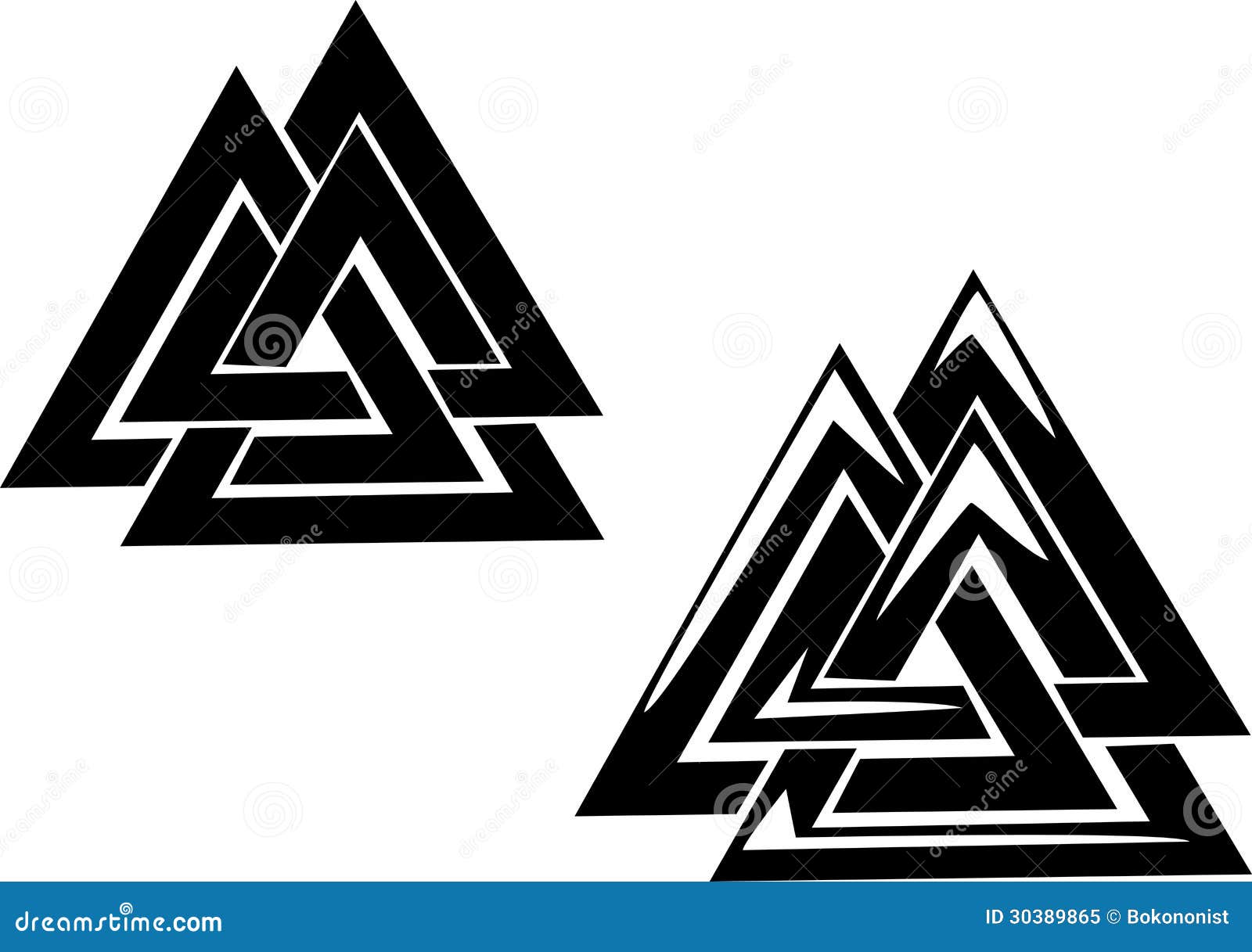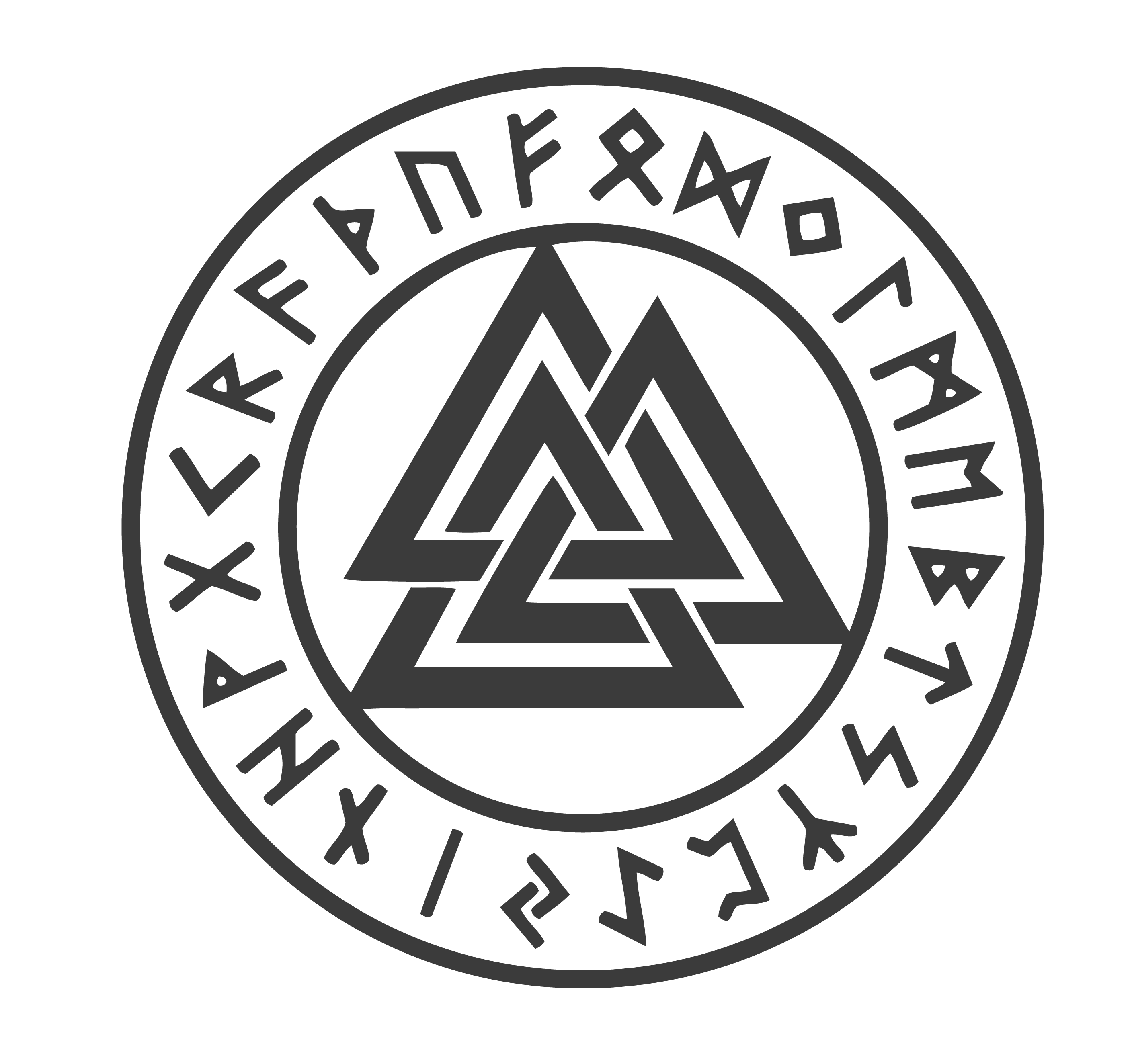

Read more: Viking Runes: The Historic Writing Systems of Northern Europe The Viking revival And they might not be any older than the manuscripts in which they’re written down.” You can arrange the ægishjálmur sigil in such a way that it has 24 points, which equates to the 24 letters in the elder futhark alphabet, but they are not runes because they do not represent letters or even words. Some of those particular straight lines taken together look a little bit like runes. “Sigils like ægishjálmur and vegvísir bear a certain visual resemblance to runic letters and as much as they use a lot of straight lines. In his video Vegvísir (wrongly called “Viking Compass”), Norse Scholar Jackson Crawford suggests that the appearance of the symbol may play a large role: So, other than the obvious yet tenuous connection of “old and Icelandic”, how did the vegvísir become so associated with the vikings? To add some historical context, the 1860 presidential election in the US was won by Abraham Lincoln… but “the Abraham Lincoln Presidency Compass” has less of a ring to it. While 1860 seems like a long time ago, it’s still a far cry from the Viking Age, which ran approximately 793-1066. This is the earliest instance of the vegvísir in existence. “Carry this sign with you and you won't get lost in storms or bad weather, even in unfamiliar surroundings” ( translation: Justin Foster) “Beri maður stafi þessa á sér villist maður ekki í hríðum né vondu veðri þó ókunnugur sá.”

The vegvísir is featured alongside a number of other galdrastafir (magical staves) in the Huld Manuscript, which was written in Iceland by Geir Vigfusson in 1860. Vegvesir in the video game ‘Valheim' Norse compass or a Norse con? Which is strange, as it’s not actually a viking symbol at all. It can often be seen on viking-inspired tattoos, jewellery and illustrations, and even in video games, such as Valheim.

Literally “way” (vegr) “shower” (vísir), the symbol is meant to prevent the person carrying it from losing their way, and is known colloquially as “The Viking Compass” or “The Nordic Compass”. If you’re interested in viking imagery and symbolism, you will have undoubtedly seen the vegvísir. The vegvísir is a commonly used viking symbol that's meant to stop people from losing their way.


 0 kommentar(er)
0 kommentar(er)
